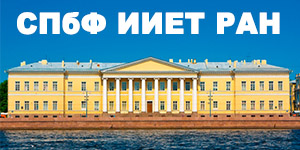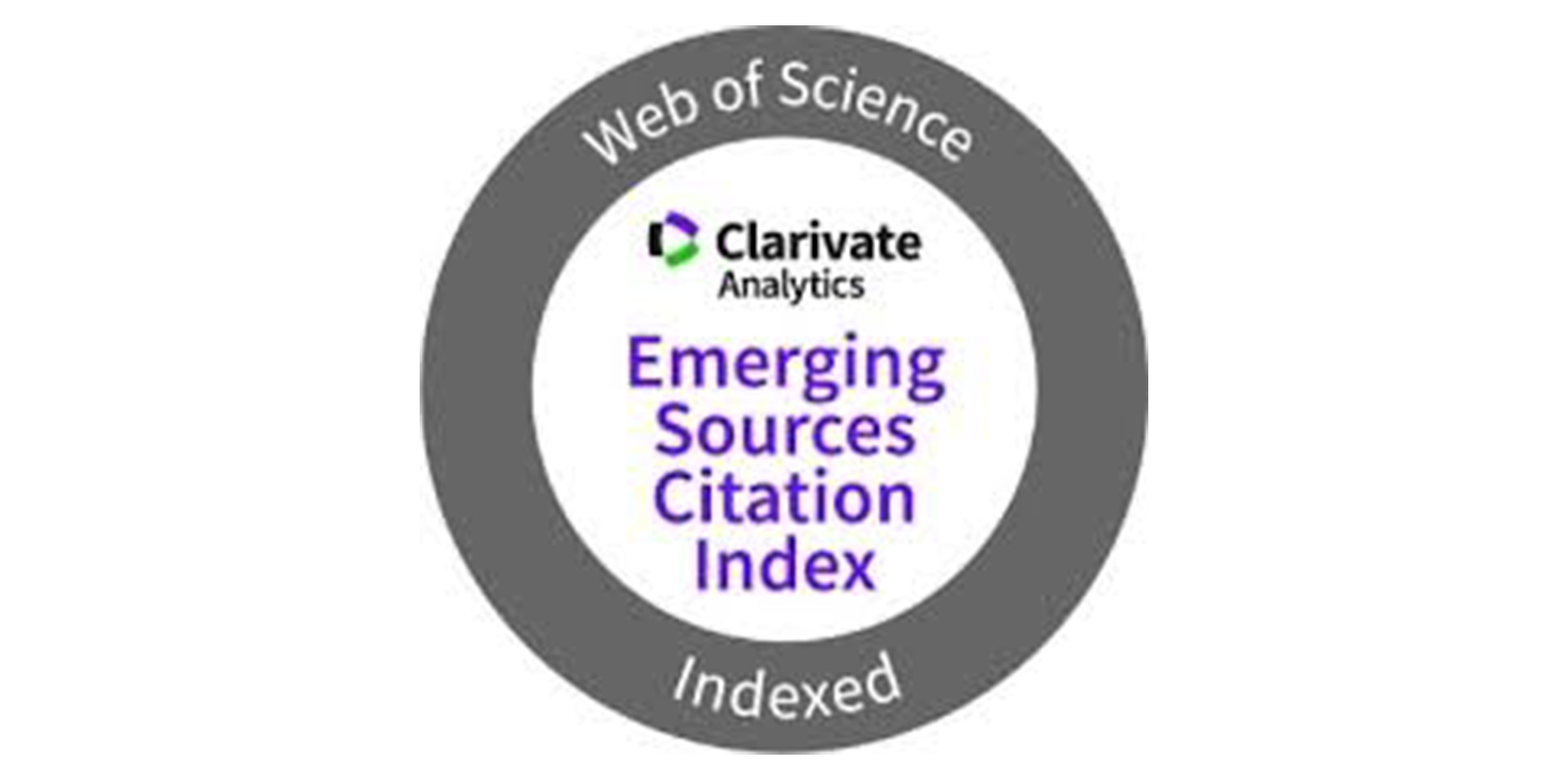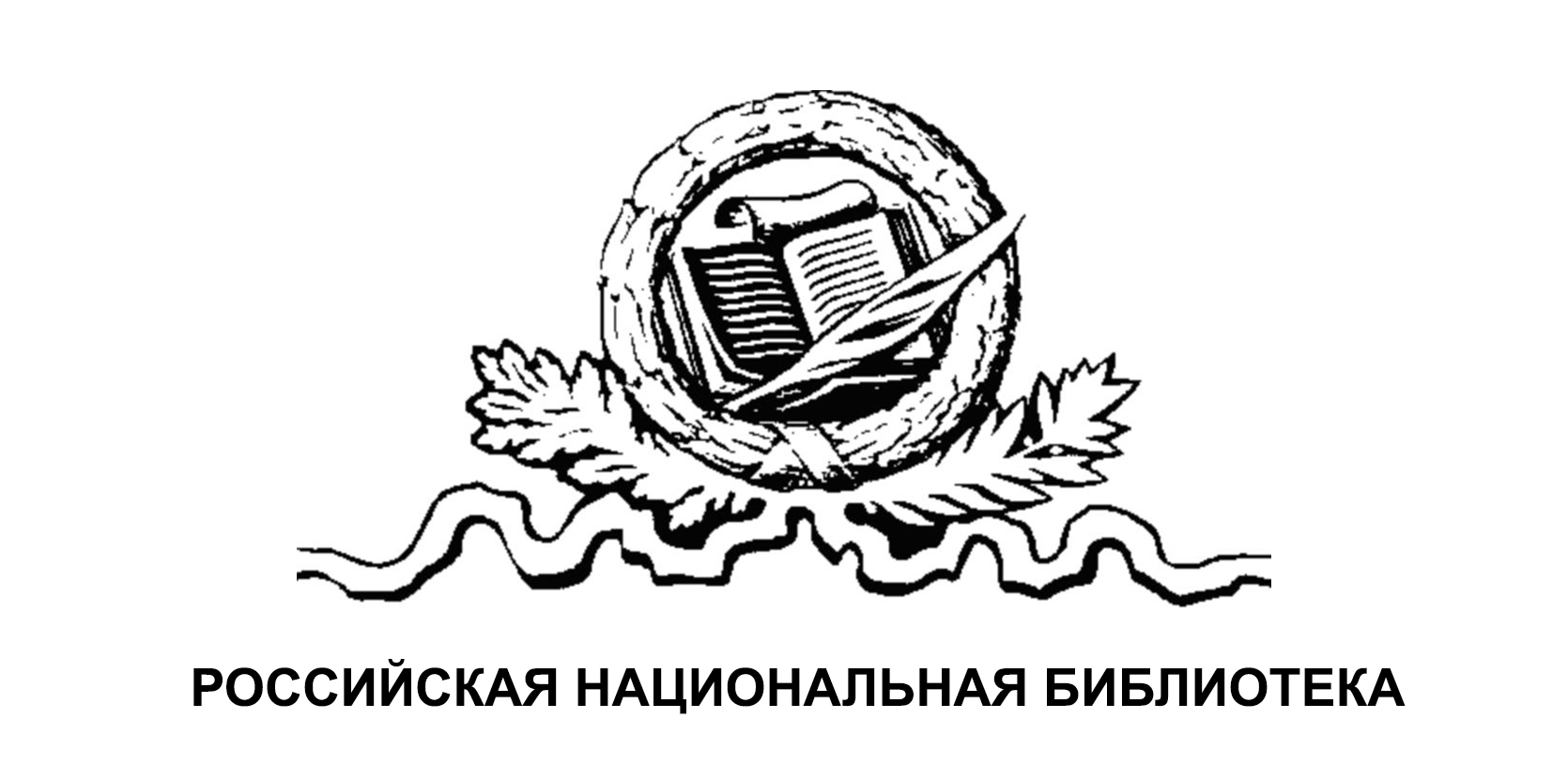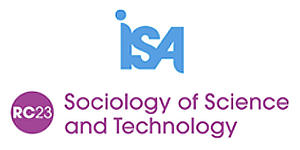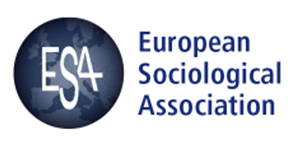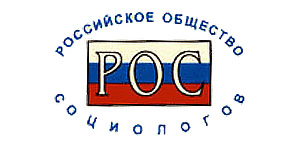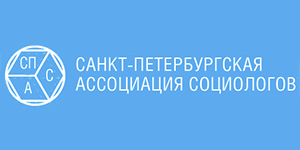Этос науки в социологии Р. Мертона: судьба и статус в науковедении
Лазар Михай Гаврилович
Российский государственный гидрометеорологический университет (РГГМУ), Санкт- Петербург, Россия
КЛЮЧЕВЫЕ СЛОВА: КЛАССИЧЕСКАЯ НАУКА, ПОСТНЕКЛАССИЧЕСКАЯ НАУКА, ЭТОС НАУКИ МЕРТОНА, ЭТОС ПОСТНЕКЛАССИЧЕСКОЙ НАУКИ, ЭТИЧЕСКИЙ ПОДХОД, ПРОФЕССИОНАЛЬНАЯ МОРАЛЬ УЧЕНОГО
АННОТАЦИЯ:
В статье обсуждаются нормативная система науки как социального института, созданная Р. K. Мертоном в 40-60-е годы ХХ века и получившая название CUDOS+OH, а также более поздние попытки других авторов разработать новые системы антинорм этоса науки. Предлагается дополнить философский и социологический подходы к анализу этоса науки этическим подходом, суть которого в признании постоянного расхождения между этическим “должным” – нормами профессиональной этики ученого – и “сущим” – моральной практикой в постакадемической науке.
ОПИСАНИЕ НА АНГЛИЙСКОМ ЯЗЫКЕ:
The Ethos of Science in the Sociology of Robert Merton: Fate and Status in the Science Studies
Lazar Mihay G.
St. Petersburg State Hydro-Meteorological University, St. Petersburg
By the middle of the XX century science had changed dramatically: after the World War II, the little science turned into big science that involved a boost in the number of scientists, more complex organization, control and generous funding from the government and big corporations. That period saw emergence and continuous discussion on the issue of civil and moral responsibility of scientists and science to society, interrelationship between science and morality. These radical changes in the functioning of science attracted attention of scholars in the whole world. A young research assistant at Harvard University in the 1930s, later professor at Columbia and other universities Robert K. Merton (1910–2003) was a pioneer in the new discipline — science studies (as a form of self-studying science) and sociology of science. In his 1940s–1960s works he worked out a fruitful idea of exploring science as a social institution where one of the main features are epistemological norms and ideals the imperatives of which he called the ethos of science. Our goal is to prove that in order to analyze interaction between science and morality in the second half of the XX century, not only philosophical or sociological but also ethical approaches should be used that will enable us to assess the place and role of the Mertonian ideas in the present-day science studies. The essence of the ethical perspective is to analyze particular manifestations of morality in society including the scientists’ occupational morality, ethos of science, namely, constant discrepancy between the “prescriptive” expressed in the Mertonian norms and the “real” in science which is everyday practice, morals in the post-academic science. This is a normal condition for morality. After his dissertation entitled “Science, Technology and Society in Seventeenth-Century England” (1933–1935) Robert Merton paid more and more attention to science as a social institution and its norms. In his 1942 paper Merton formulated the notion of scientific ethos as consisting of four imperatives: communism, universalism, disinterestedness and organized skepticism (CUDOS). Ten years after this Merton’s article B. Barber published the book “Science and the social order”. The scientific norms suggested by Barber developed further Merton’s norms, with the organized skepticism substituted with individualism, and two new imperatives added: rationality (belief in its moral virtue) and emotional neutrality. B. Barber was the first to highlight the regulative capacity of these norms, and the fact that it is moral values that make science a moral enterprise in the sense that moral codes are needed only when scientific norms are violated. In his 1957 inauguration speech as president of the American Sociological Association, Merton showed the mechanism of how the scientific norms turned into the institutional motivation for scientists’ orientation to observe these norms. In the paper of the same year he added to his system two new norms: originality and humility (CUDOS–OH). In the 1960s–1970s Merton was criticized for his idealism and ahistorical approach. He responded by a notion of sociological ambivalence of scientists. It means a conflict between real behavior of scientists and the scientific norms. In his 1963 paper “The Ambivalence of Scientists” he put forward nine pairs of ambivalent norms which suggests that he saw a conflict or contradiction between ideal norms and real behavior of scientists. It is worth noting that Merton uses words should or should not when treating each norm which points to the progress in Merton’s ethical vocabulary, his understanding and knowledge of real life in the scientific community. Perhaps, already at that time Merton should have made a very significant clarification that his ethos of science is not everyday morals, not the practice of the present-day or past science but an ethical imperative in science. But he did not find it necessary to respond to his critics. The early 1970s saw a very intensive empirical testing of Merton’s concept which was followed by a sharp criticism. R. Boguslav (1968) confronts norms: communalism, universalism, disinterestedness and organized skepticism (CUDOS) and anti-norms: miserism, solitariness, particularism, ethnocentrism, interestedness, limited originality. I. Mitroff (1974) contrasts Merton’s faith in moral virtue of rationality, emotional neutrality, communalism, universalism, disinterestedness and organized skepticism and the respective set: faith in the moral virtue of rationality and non-rationality, emotional commitment, particularism, solitariness or miserism (property rights and secrecy), interestedness, organized dogmatism. S. Fuller (1997) suggested more original anti-norms. He opposes to Merton’s four famous norms: cultural imperialism (domination of British and American journals), mafia mentality (good relations with the bosses in science who give permission for publications), opportunism (lack of interest in using research findings), collective irresponsibility (indifference to possible social troubles caused by their own research). John Ziman suggests instead of the above CUDOS norms his neo-ethos of science, namely, norms that take in consideration the reality of the new stage in science, that is the PLACE system (Proprietary, Local, Authoritarian, Commissioned and Expert Work). P means extension of proprietary rights to science, patents instead of public possession of knowledge. L means that research solves particular local problems defined by authoritarian management (A), not any longer chosen freely by scientists. At last, C — research is commissioned rather than for the sake of pure science. E — research is done by a limited number of experts rather than by the entire particular scientific community who are expert in the fi eld. The above anti-norm systems reflect only the new morals of big science rather than ideals or the normative models for all scientists. Using the ethical perspective to the analysis of Merton’s normative system and the new trends it is possible to observe the following. The norms of the scientific ethos constitute the epistemological and professional-ethical prescriptions in science, whereas the above new anti-norm systems establish discrepancy between morality at different stages of science progress and requirements of this ethical prescription. The Mertonian theory of the ethos of science comprises the prescriptive part without which science cannot function. The norms worked out by R. Merton reflect the ideals of scientific inquiry that have not become obsolete.

